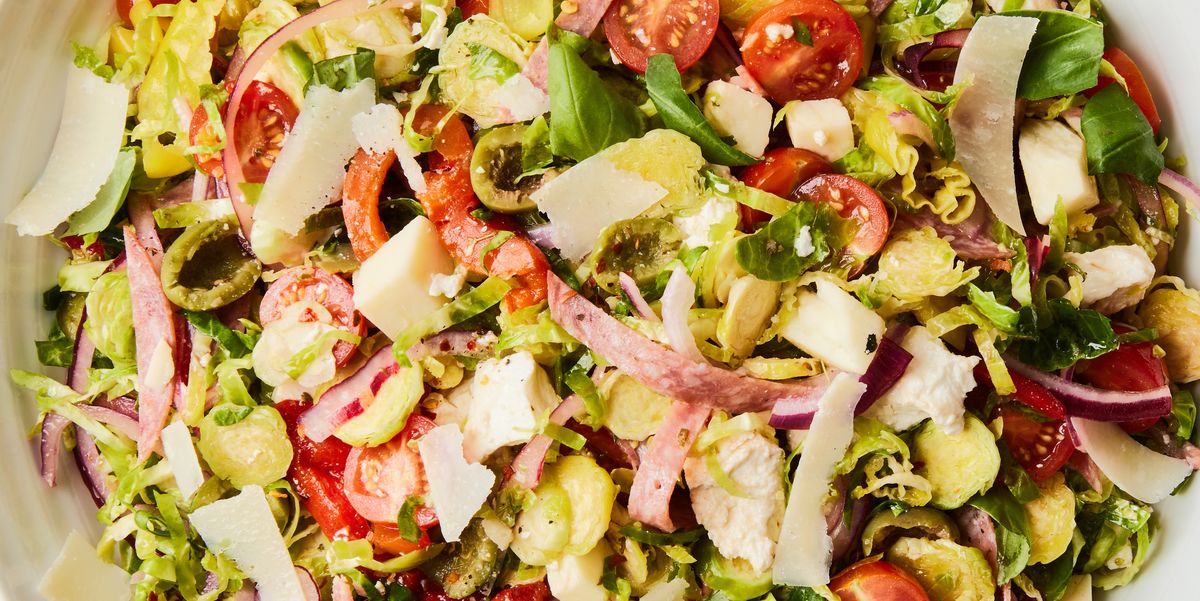Want a burst of sunshine to brighten a gloomy January day? Make
orange cake. Packed with zesty citrus and crowned with orange-flecked icing, this simple snackable loaf cake will bring brightness into any gloomy day—and a matching boost of vitamin C.
How to get the most orange flavor:
Rubbing orange zest into the granulated sugar by hand releases the zest’s citrus oils, allowing it to more fully permeate and infuse into the cake once it’s incorporated with the butter. This might seem like an unnecessary additional step, but it’s worth it for the extra flavor. Bonus: Your hands will smell like orange for the rest of the day.
Room temperature is the best temperature:
Starting with room temperature ingredients is key to success with any cake batter, and this cake is no exception. Both butter and eggs will cream and incorporate with other ingredients in the batter much easier this way. The butter should be soft enough to give slightly under your finger; if it’s too cold, chop it into tablespoon-sized chunks and microwave in 5-second bursts until it reaches that soft (but not melted) texture. The eggs should be about the same temperature; if their shells feel cold to the touch, try soaking them in a bowl of warm water for 10 minutes to bring them up to temp. Small details? Maybe. But if you’re making a cake from scratch, set yourself up for success by starting with properly tempered ingredients.
How to know it’s ready:
Like most loaf cakes, this cake takes a long time to bake and tends to brown around the edges long before the inside is cooked. This is completely normal, but to minimize the browning, it’s best to use a light-colored metal pan as opposed to a dark one.
Storage:
This orange cake is best served the day it’s made, but if you need to work ahead, you can make the cake a day in advance and store it at room temperature in an airtight container. Glaze it on the day you’d like to serve it. Once iced, any leftovers can be stored in an airtight container for up to 3 days. You can also refrigerate if you’d like, but make sure to return the cake to room temperature before enjoying.
Did you try making this? Let us know how it went in the comments!
Want a burst of sunshine to brighten a gloomy January day? Make
orange cake. Packed with zesty citrus and crowned with orange-flecked icing, this simple snackable loaf cake will bring brightness into any gloomy day—and a matching boost of vitamin C.
How to get the most orange flavor:
Rubbing orange zest into the granulated sugar by hand releases the zest’s citrus oils, allowing it to more fully permeate and infuse into the cake once it’s incorporated with the butter. This might seem like an unnecessary additional step, but it’s worth it for the extra flavor. Bonus: Your hands will smell like orange for the rest of the day.
Room temperature is the best temperature:
Starting with room temperature ingredients is key to success with any cake batter, and this cake is no exception. Both butter and eggs will cream and incorporate with other ingredients in the batter much easier this way. The butter should be soft enough to give slightly under your finger; if it’s too cold, chop it into tablespoon-sized chunks and microwave in 5-second bursts until it reaches that soft (but not melted) texture. The eggs should be about the same temperature; if their shells feel cold to the touch, try soaking them in a bowl of warm water for 10 minutes to bring them up to temp. Small details? Maybe. But if you’re making a cake from scratch, set yourself up for success by starting with properly tempered ingredients.
How to know it’s ready:
Like most loaf cakes, this cake takes a long time to bake and tends to brown around the edges long before the inside is cooked. This is completely normal, but to minimize the browning, it’s best to use a light-colored metal pan as opposed to a dark one.
Storage:
This orange cake is best served the day it’s made, but if you need to work ahead, you can make the cake a day in advance and store it at room temperature in an airtight container. Glaze it on the day you’d like to serve it. Once iced, any leftovers can be stored in an airtight container for up to 3 days. You can also refrigerate if you’d like, but make sure to return the cake to room temperature before enjoying.
Did you try making this? Let us know how it went in the comments!
- Yields:
-
10 – 12
serving(s)
- Prep Time:
- 10 mins
- Total Time:
- 3 hrs 55 mins
- Cal/Serv:
- 432
Ingredients
-
Cooking spray
- 1 1/2 c.
(300 g.) granulated sugar
- 4 tbsp.
finely grated orange zest, divided
- 3/4 c.
(1 1/2 sticks) unsalted butter, room temperature
- 3
large eggs, room temperature
- 2 tsp.
baking powder
- 1/2 tsp.
kosher salt
- 2 1/4 c.
(270 g.) all-purpose flour, divided
- 1/2 c.
plain unsweetened yogurt
- 5 tbsp.
fresh orange juice, divided
- 1 c.
(120 g.) confectioners’ sugar
Directions
-
- Step 1
Preheat oven to 350°. Grease an 8″ x 5″ loaf pan with cooking spray. Line pan with parchment, leaving an overhang on both long sides.
- Step 2In a large bowl, using clean hands, rub together granulated sugar and 3 tablespoons orange zest until zest is incorporated. Add butter. Using a handheld mixer on medium-high speed, beat until fluffy and pale in color, 3 to 4 minutes. Add eggs, one at a time, beating to blend after each addition.
- Step 3Beat in baking powder and salt. Add half of flour and, using a flexible rubber spatula, fold until just a few streaks remain. Fold in yogurt and 3 tablespoons orange juice, then add remaining flour and fold until just combined. Transfer batter to prepared pan; smooth with the back of a spoon.
- Step 4Bake cake until risen and lightly browned, 35 to 40 minutes. Loosely cover with foil and continue to bake until springy to the touch and a tester inserted into the center comes out with a few moist crumbs attached, 20 to 35 minutes more.
- Step 5Using parchment overhang, lift cake out of pan and transfer to a wire rack. Let cool completely, at least 2 hours. Discard parchment.
- Step 6In a small bowl, whisk confectioners’ sugar, 1 tablespoon juice, and remaining 1 tablespoon zest. Add remaining 1 tablespoon juice, 1/2 teaspoon at a time, until you have a thick, spreadable glaze.
- Step 7Pour glaze over cooled cake, using an offset spatula or a knife to help it just start to drip down the sides. Let sit until glaze has set, 10 to 20 minutes.
- Step 1


















Leave a Reply